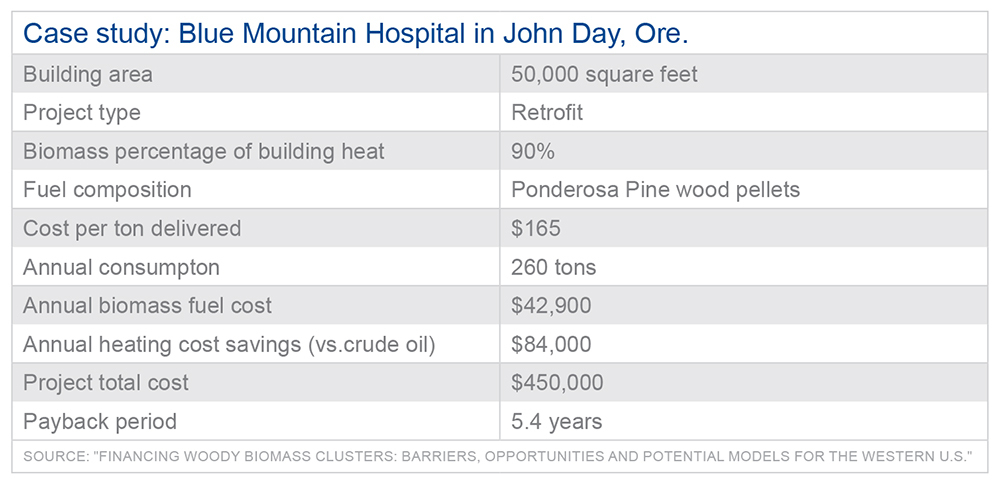Report investigates ways to overcome development barriers




July 16, 2013
BY Staff
The U.S. Endowment for Forestry & Communities Inc. has released a report that identifies factors that have contributed to the success or failure of biomass energy projects, with the goal of understanding how bioenergy can be more widely adapted in the U.S. The report, titled “Financing Wood Biomass Clusters: Barriers, Opportunities, and Potential Models for the Western U.S.,” is part of a series produced by the Endowment in collaboration with the U.S. Forestry Service.
The analysis utilizes survey data collected from 73 bioenergy plants and eight producers and distributors of biomass fuel. Of the 73 facilities, five are combined-heat-and-power plants, three produce electricity only and the rest produce only thermal energy.
Advertisement
Barriers to the development of bioenergy facilities identified by the analysis include high upfront capital costs, a lack of profitability among fuel producers and the seasonality of heat demand. Additional barriers include feedstock transportation costs, unreliable biomass fuel sources, insufficient policy incentives and risk aversion. In addition to describing several actions to overcome these obstacles, the report also includes case studies that investigate the economic benefits of switching from fossil fuel to pellet heat.
Advertisement
Upcoming Events





